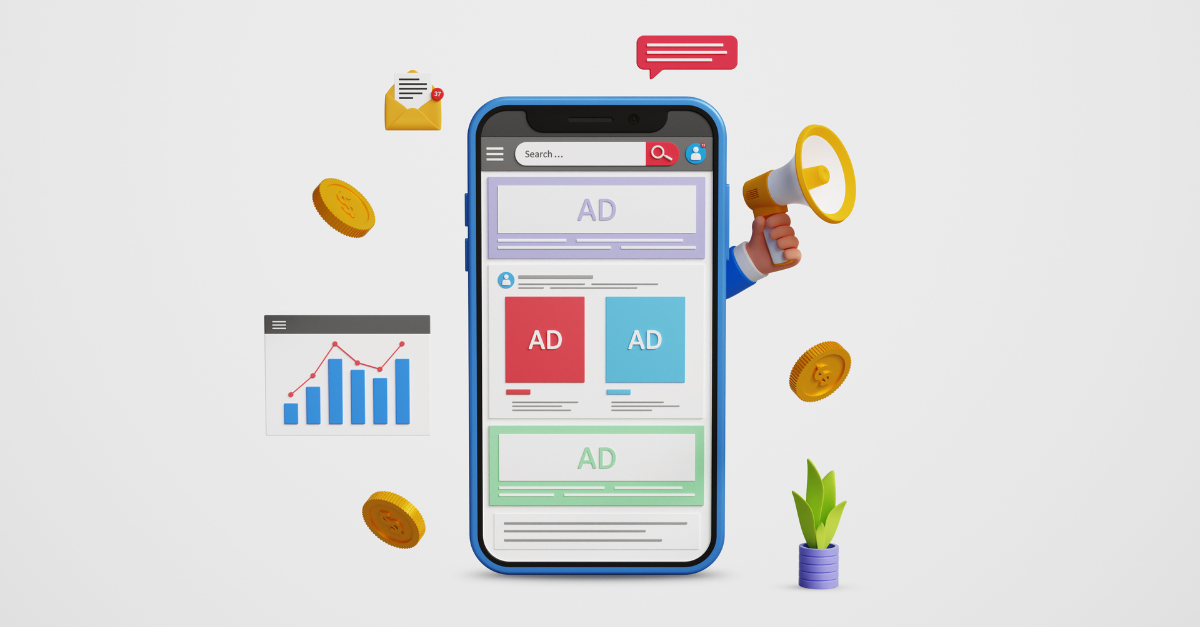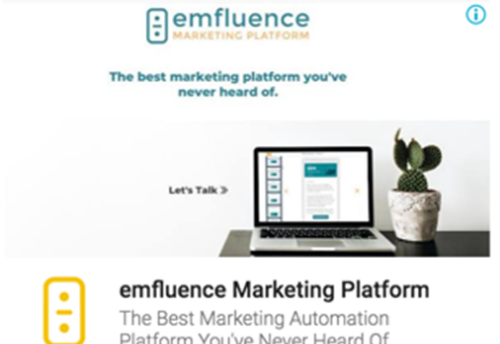Chances are that you’ve heard of Conversion Rate Optimization (CRO), but what is it and why do you need it? Conversion rate optimization is the process of improving your website user experience to convert more visitors into customers.
We’ve all bounced off websites that don’t provide a clear message or navigation to get us what we need. Or worse, the website or form isn’t working the way that it should. By having a conversion rate optimization process in place, we can find and solve these problems to improve your customer experience and, ultimately, increase your profit.
5 Steps for Creating Successful and Actionable Tests:
1. Create a testing strategy that is driven by your business goals.
Anything can be tested on your site but, with a testing strategy in place, you’ll be able to prioritize where to start and which customer segments to focus on. Understanding your business goals and how they drive your testing strategy will help you develop sound hypotheses for your conversion-rate testing.
2. Compile quantitative and qualitative data.
Your website analytics will give you a lot of great data to use for determining your test, but don’t forget about surveys and user testing. Watching users and interviewing them about their user experience will provide invaluable information about where they got tripped up and confused. Don’t stop at just your website. Watch how they use your competitors’ websites, too, so you can compare your strengths and weaknesses as well.
3. Create and prioritize your hypothesis using the data you collected.
Use this pattern to create your hypothesis: By changing_________ to _________, I can get more prospects to __________ and, thus, increase ___________.
Prioritize your hypotheses based on level of effort and return. Look for low-hanging wins. Sometimes, several small improvements can result in bigger returns than larger tests.
4. Now you are ready to start testing. Deploy your A and B tests.
There are several different platforms to help you manage and deploy your tests like Optimizely or Visual Website Optimizer. Make sure you run your test long enough to get statistically relevant data. Sometimes, your test might show a clear winner at the beginning, but don’t stop the test too soon because you won’t see the true results. The novelty of the test can make it appear to be the winner right out of the gate.
[more]
5. Review your test results.
If your hypothesis is a clear winner, then you can roll out the change to the website. If not, don’t get discouraged because 70% of tests fail or show no improvement. Learn from the failures. Refine and build on failed tests. Create new hypotheses based on the failed tests.
Conversion rate optimization is a systematic process that requires strategy and planning in order to be successful. Need helping planning your testing strategy? Contact emfluence at expert@emfluence.com.



